Discover how breathtaking mural painting can completely transform your home or business into a stunning masterpiece. Elevate your walls with unique, hand-painted art that adds elegance, personality, and timeless charm.
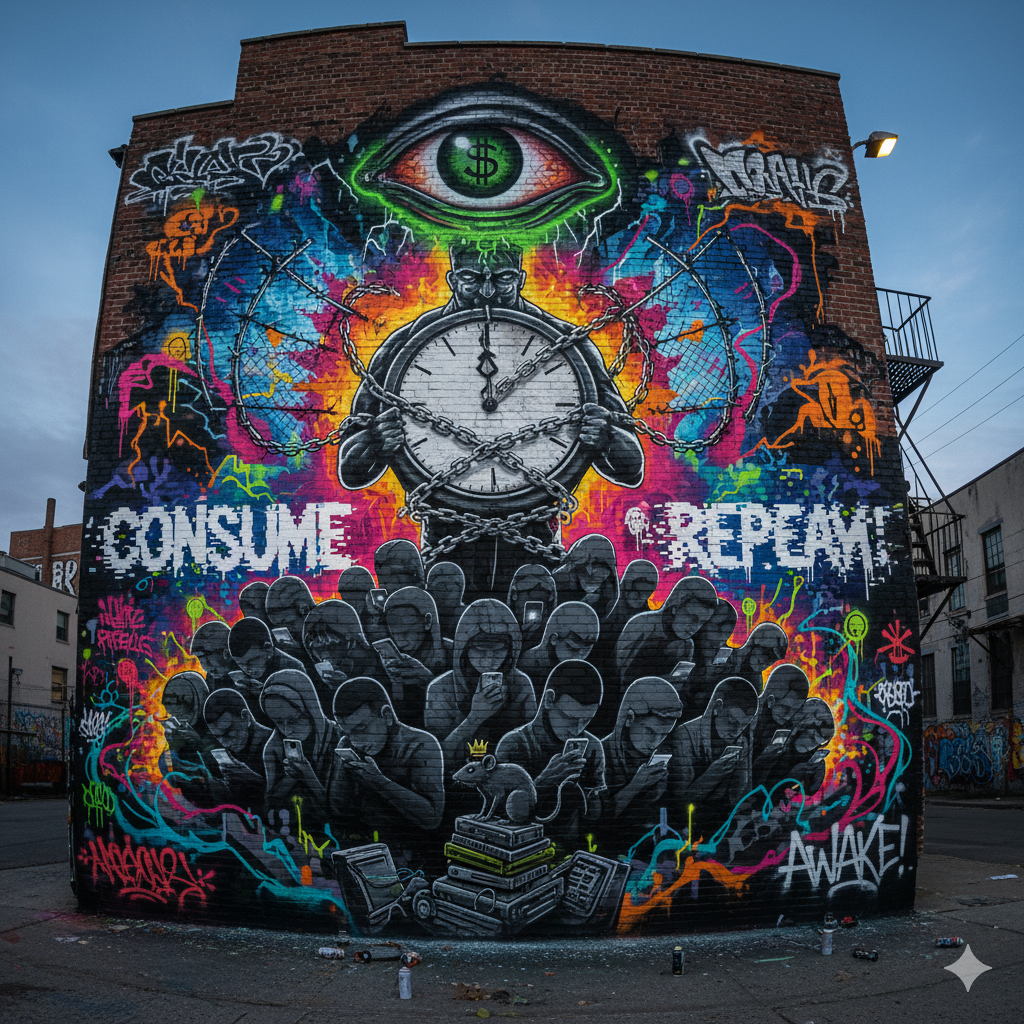
Table of Contents
Introduction
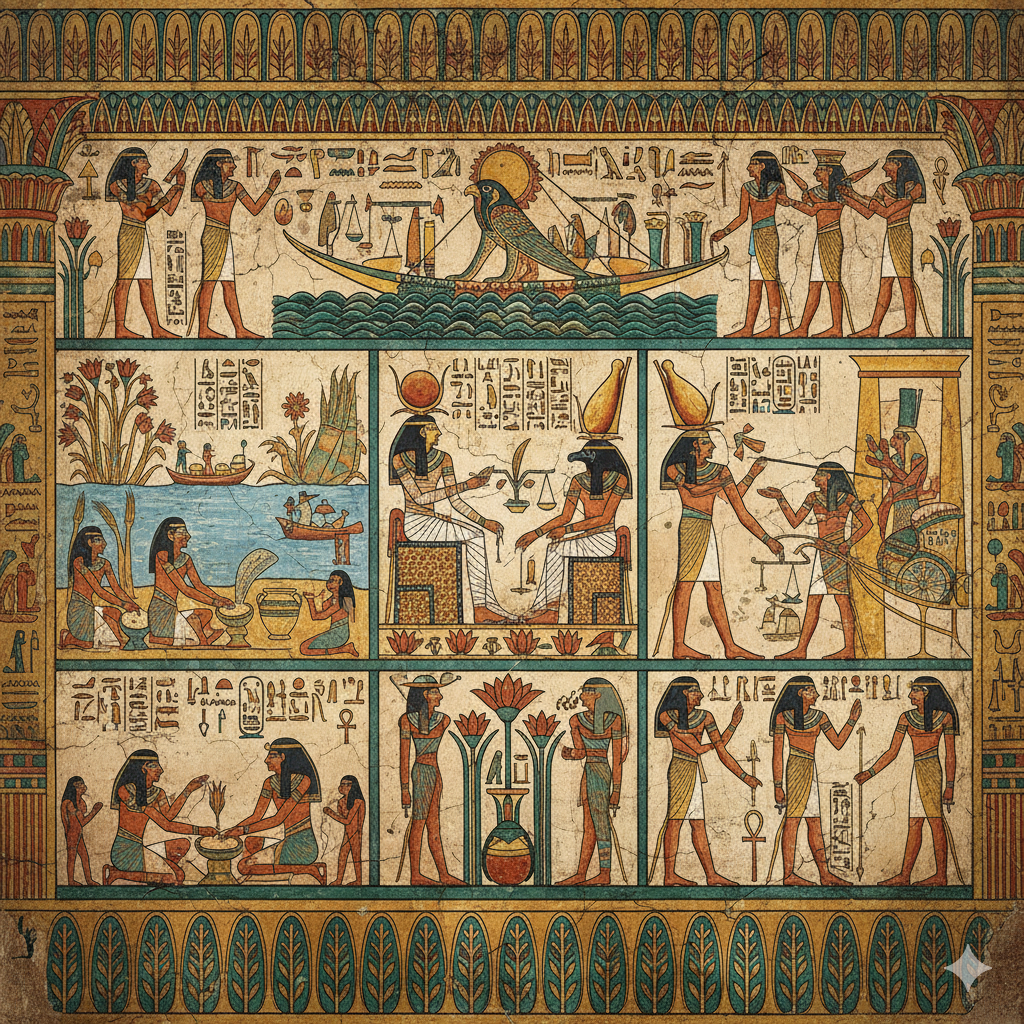
Mural painting is more than just a decoration; it’s a statement, a transformation, and an artistic interpretation of the environment around us. The act of painting a mural involves creating large-scale artworks on walls, and it can bring life to any space—be it a residential area, commercial building, or community center. In this extensive article, we will explore the unique aspects of mural painting, its historical significance, different styles and techniques, the benefits of integrating murals into your environment, and practical tips for commissioning or creating your own mural.
A Brief History of Mural Painting
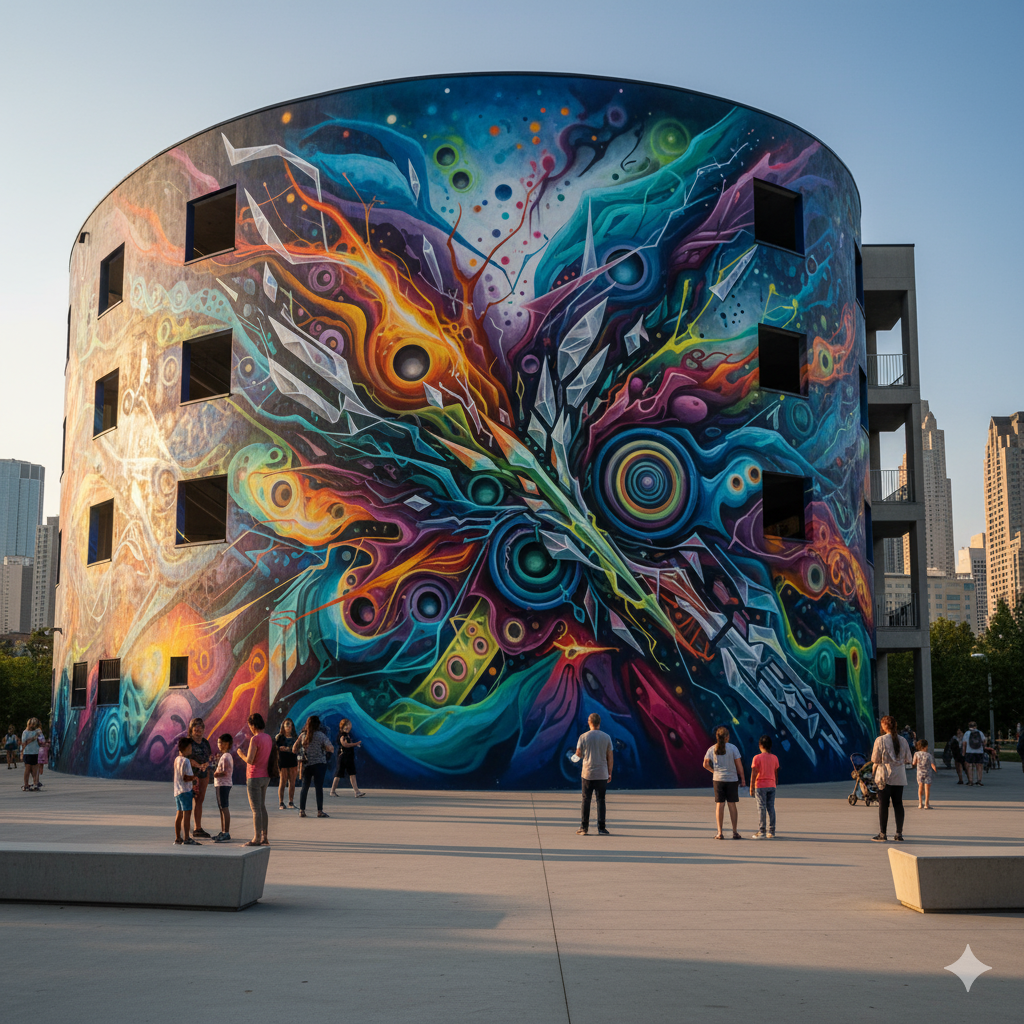
Mural painting has a rich history that dates back thousands of years. The earliest known murals date back to ancient civilizations such as those in Egypt, where tombs were adorned with vibrant illustrations that told stories of the afterlife. The Greeks and Romans further developed the art form, using fresco techniques to create beautiful scenes that decorated their homes and public buildings.
The Renaissance period marked a significant revival of mural painting in Europe, with renowned artists like Michelangelo and Raphael creating awe-inspiring works in places like the Sistine Chapel. These murals were characterised by their intricate details, complex narratives, and stunning use of color.
As time progressed, mural painting continued to evolve. The rise of modern art in the 20th century brought about new techniques and styles, such as surrealism and abstract art. Today, muralists are not just limited to traditional painting techniques; they often use spray paint, stencils, and digital tools to create their masterpieces.
The Appeal of Mural Painting
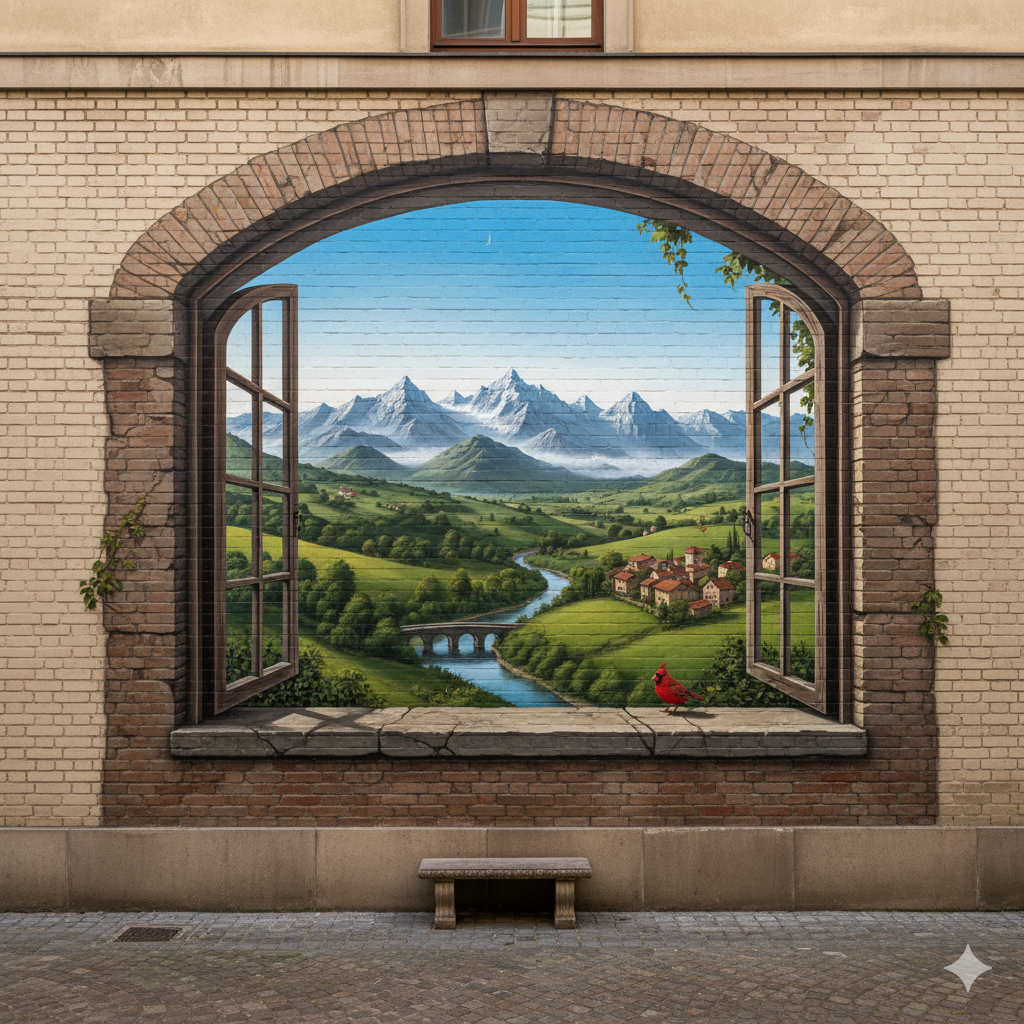
The allure of mural painting lies in its ability to convey emotions, transform spaces, and tell stories. Here are several reasons why murals have become a popular choice for both residential and commercial environments:
Unique Expression
Murals offer a canvas for artists to express their creativity in a way that is often larger and more impactful than traditional artwork. Each mural is a unique expression of the artist’s vision, often designed specifically to resonate with its surroundings and the people who inhabit those spaces.
Community Engagement
Murals can bring communities together by representing local culture, history, and values. Many cities actively support the creation of murals as a means of beautifying neighborhoods and fostering community pride. A well-placed mural can become a landmark that encourages locals to connect, interact, and appreciate their surroundings.
Visual Impact
The sheer size of murals creates a visual impact that can transform an otherwise mundane space into a vibrant and engaging environment. Whether it’s a large-scale landscape, an abstract design, or a detailed scene, murals have the power to catch the eye and spark excitement.
Versatile Usage
Murals can be adapted to fit any style, theme, or concept. From children’s nurseries to corporate offices, there is no limit to the creativity that can be harnessed through mural painting. They can educate, inspire, or simply provide an aesthetic enhancement to a space.
Styles of Mural Painting
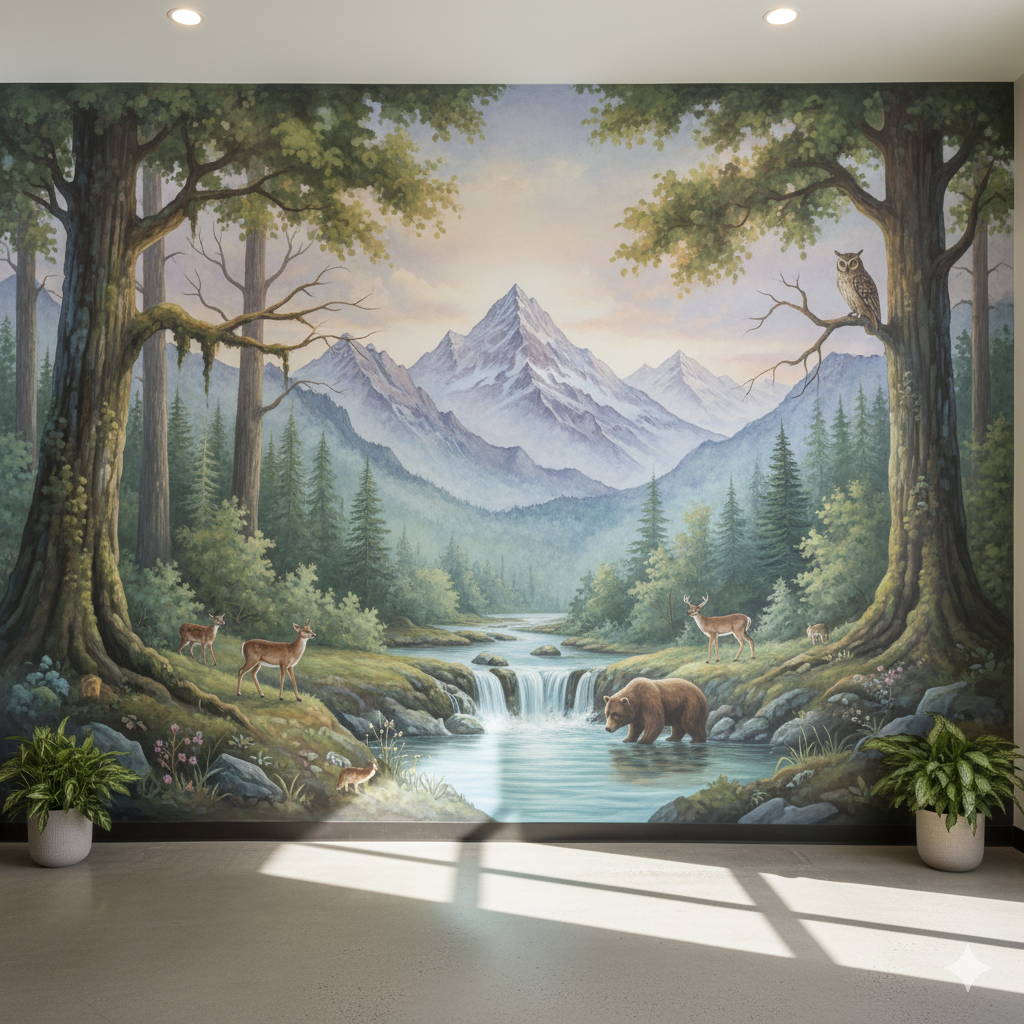
As with any form of art, there are numerous styles of mural painting that can suit different tastes and purposes. Here are some popular styles to consider:
Traditional Murals
Traditional murals utilize classical techniques, often resembling the grand frescoes of the Renaissance. These murals typically involve blending pigments with plaster and painting directly onto the wall, resulting in a permanent and durable piece of art.
Graffiti and Street Art
This contemporary form of mural painting is often associated with urban culture and social commentary. It can range from colorful tags and stencils to elaborate, large-scale works that challenge societal norms. Street murals often serve as a voice for the community and can be an effective way to make artistic statements.
Abstract Murals
Abstract murals utilize shapes, colors, and forms to create visually striking artworks that may not represent any specific subject. These murals can evoke emotions and create atmospheres that enhance a room’s overall aesthetic.
Trompe-l’œil
This artistic technique creates the optical illusion of three-dimensionality on a flat surface. Murals designed using trompe-l’œil can make a space feel larger or more open and often depict realistic scenes such as windows, doorways, or even entire landscapes.
Nature and Landscape Murals
Nature-inspired murals often feature stunning landscapes, floral designs, or wildlife. These murals can bring the beauty of the outdoors inside and create a calming, serene atmosphere in any space.
Thematic Murals
These murals center around specific themes—whether it’s a cultural celebration, a historical reference, or a personal story. Thematic murals are often customised to reflect the interests and values of the individuals or organizations they represent.
The Benefits of Mural Painting
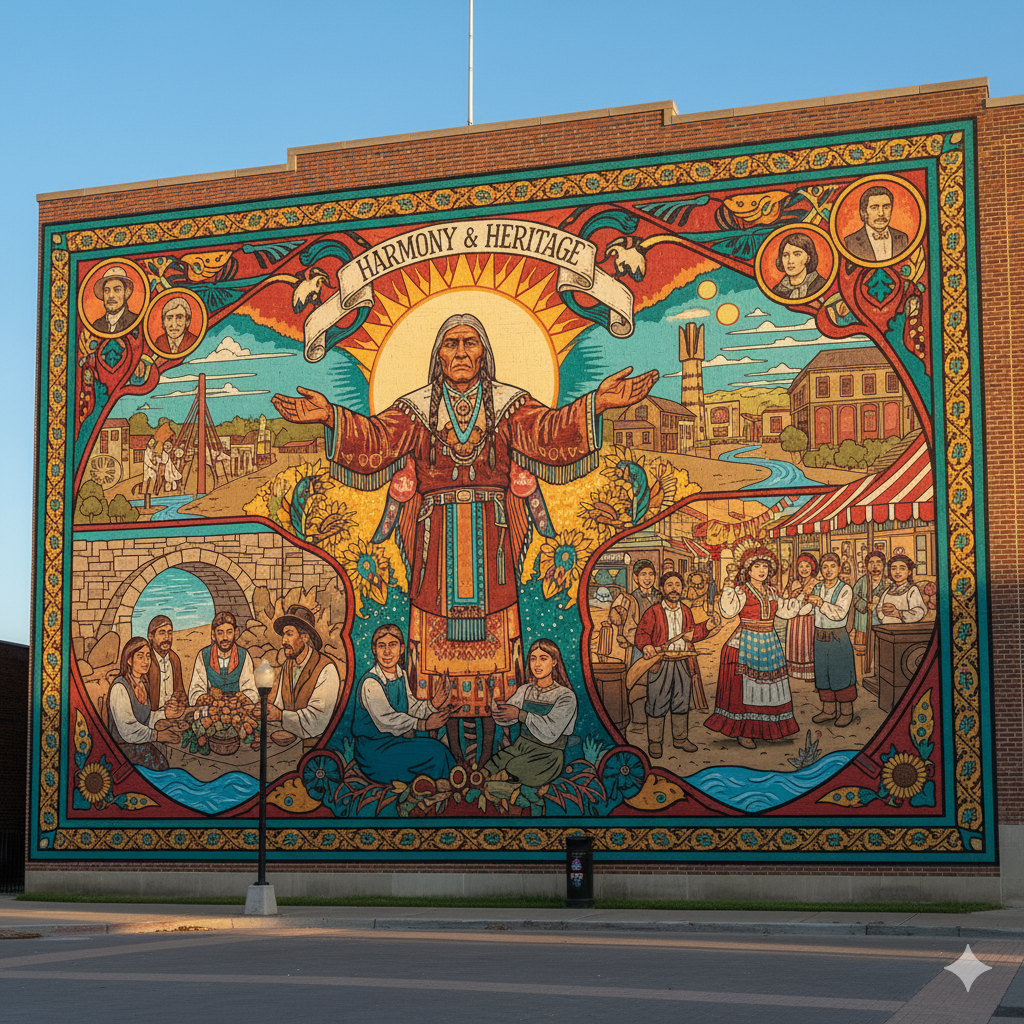
Integrating murals into your space can provide numerous benefits, including:
Enhancing Aesthetics
A well-done mural can significantly enhance the aesthetic appeal of a room. It can serve as a focal point, drawing attention and adding visual interest to otherwise dull wall spaces.
Improving Mood and Atmosphere
Colors and images can evoke emotions, and murals can create a specific atmosphere in a space. For instance, bright, vibrant murals can energize a room, while softer, muted tones can create a tranquil environment.Increasing Property Value Artistic features, including murals, can potentially increase the value of a property. Unique art can set a space apart and attract buyers who appreciate creativity and individuality.
Promoting Brand Identity
For businesses, murals can serve as a powerful marketing tool. By incorporating brand images, messages, or themes into wall art, companies can enhance their identity and create a memorable experience for customers.
Encouraging Creativity and Inspiration
In both home and work environments, murals can stimulate creativity and inspiration. The presence of art often leads to enhanced productivity and a better overall experience for occupants.
Mural Painting Inspiration and Tips
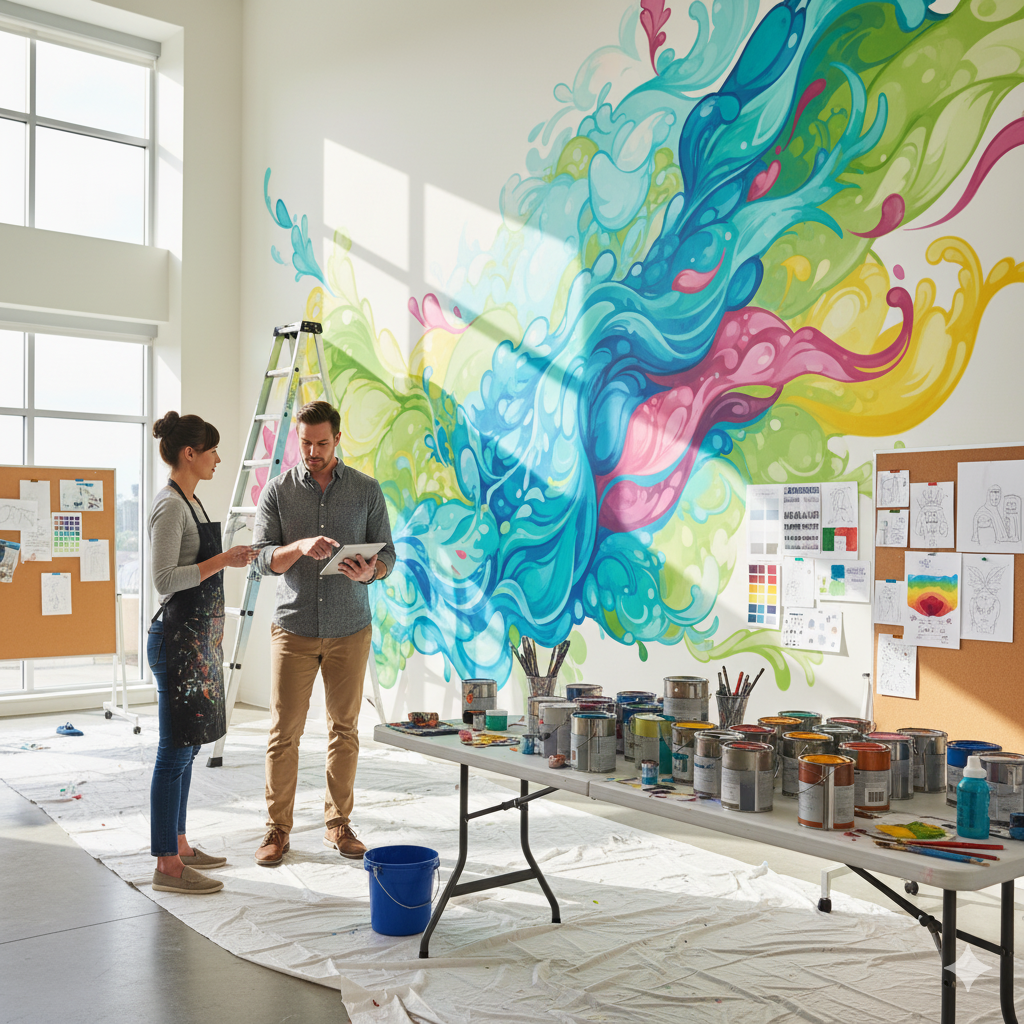
If you’re considering adding a mural to your space, here are some steps to guide you through the process:
Determine Your Goals
Before commissioning an artist or starting the project yourself, define your goals. What do you want the mural to convey? Is there a specific theme or color palette you want to follow? Understanding your vision will make it easier to communicate with the artist.
Research Artists
Take the time to research local muralists or artists whose work resonates with your preferred style. Review their portfolios and check for past projects to gauge their skill and versatility.
Collaborate on Design
Once you’ve selected an artist, collaborate with them on the design. This is your opportunity to share your ideas and inspiration, and allow them to incorporate their artistic voice. Many artists can provide sketches and mockups to help visualize the final result.
Choose the Right Location
Select a wall that will effectively showcase the mural. Consider factors such as visibility, lighting, and the purpose of the space. Walls that receive consistent foot traffic or serve as focal points are excellent options.
Select Quality Materials
If you’re creating the mural yourself, choose high-quality paint and materials to ensure durability and longevity. Murals painted with outdoor-grade acrylics or mural varnishes will be more resistant to fading and wear.
Prepare the Surface
Adequate surface preparation is crucial for a successful mural. Ensure the wall is clean, primed, and free of imperfections for optimal paint adherence. Plan for MaintenanceBe mindful of how the mural will be maintained over time. Elements like sunlight, moisture, and dirt can wear down the paint, so consider ways to protect and preserve the artwork for years to come.
Introduce Community Involvement
If applicable, consider creating a community event around the mural painting process. Engaging local artists or inviting community members to participate can enhance the overall experience and strengthen ties within the neighborhood.
Conclusion
Mural painting is a powerful form of artistic expression that transcends traditional wall art. It has the ability to transform an environment, evoke emotion, and tell stories that resonate with both individuals and communities. By understanding the history, styles, and benefits of mural painting, you can appreciate its significance and even consider incorporating it into your own space. Whether you choose to commission a professional artist or embark on your own mural journey, the possibilities are limitless. Embrace the opportunity to bring art into your life and let it inspire, uplift, and elevate the spaces around you. Transform your walls into a canvas and watch as murals breathe life into your world.
Frequently Asked Questions (FAQs)
What is a mural?
A mural is a large-scale artwork painted directly onto a wall or ceiling. It can take many forms, from traditional frescoes to modern graffiti art.
How do I find a mural artist?
You can find mural artists through local art forums, social media platforms showcasing artists’ work, and by visiting mural festivals or exhibitions. Websites like Instagram and Behance also provide a platform for artists to showcase their portfolios.
How much does it cost to create a mural?
The cost of creating a mural can vary widely based on factors such as size, complexity, materials, and the artist’s experience. It’s best to obtain quotes from several artists after discussing your desired project.
How long does it take to paint a mural?
The timeframe for completing a mural can range from a few days to several weeks, depending on the size and complexity of the design, as well as weather conditions if it is being painted outdoors.
Can I paint a mural myself?
Yes, if you have the necessary skills and tools, you can definitely paint a mural yourself! It’s essential to plan and prepare adequately, as well as select appropriate materials to achieve the best results.



